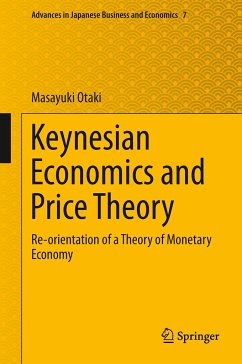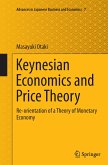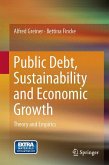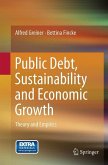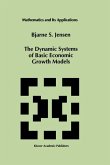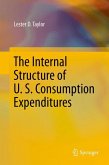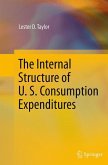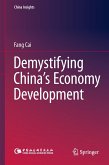This book reconstructs Keynesian macroeconomics so that it is compatible with the neoclassical dynamic microeconomic theory. This theory adopts three postulates: rational expectations, perfect price flexibility, and exclusion of the money in utility function (MIU). Based on the new theoretical finding that the Lucas model (1972) contains multiple equilibria, the author unifies Keynesian and monetarist theories within the same framework. The book applies the above basic theory to international macroeconomics and economic growth theory.
New Keynesian theory contains logical inconsistencies: menu costs that have no close relationship with microeconomics and MIU, which implies that the money accumulated as wealth is never spent. These two assumptions do not proximate the real world. In this volume, the author discusses how various segregated theoretical approaches in macroeconomics relate to one another and proposes how to integrate them.
New Keynesian theory contains logical inconsistencies: menu costs that have no close relationship with microeconomics and MIU, which implies that the money accumulated as wealth is never spent. These two assumptions do not proximate the real world. In this volume, the author discusses how various segregated theoretical approaches in macroeconomics relate to one another and proposes how to integrate them.

